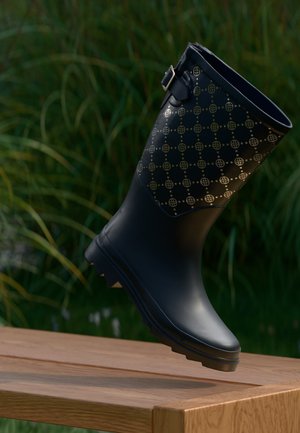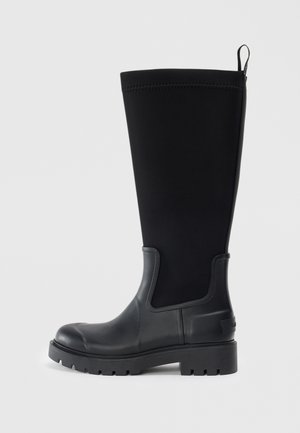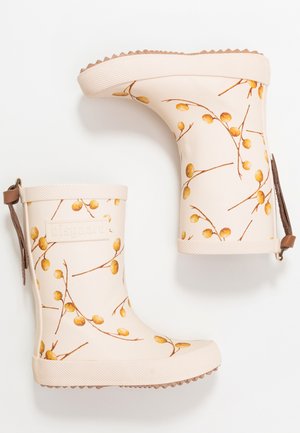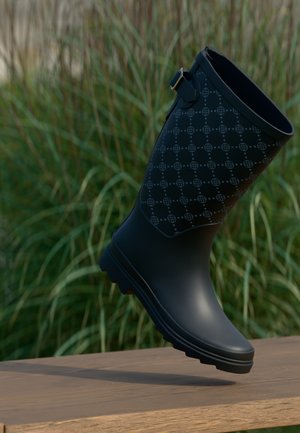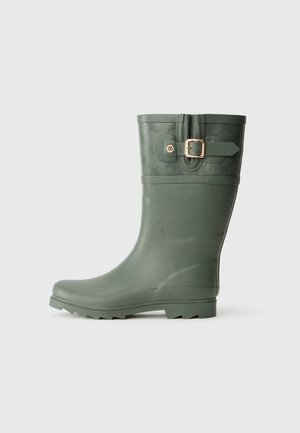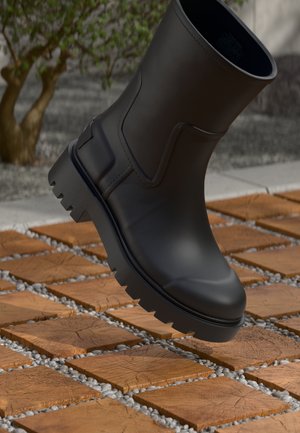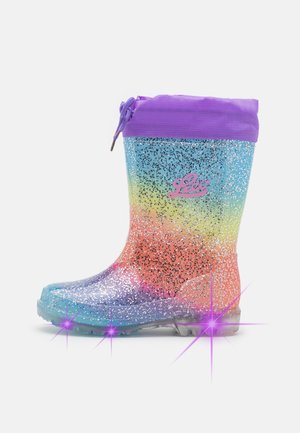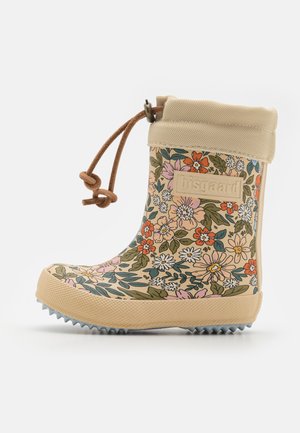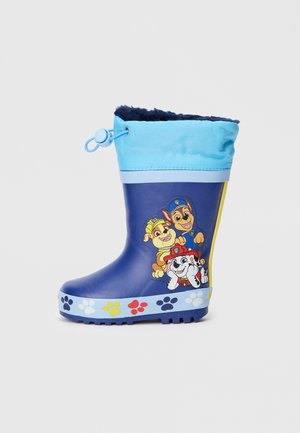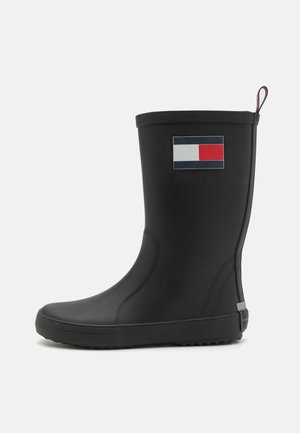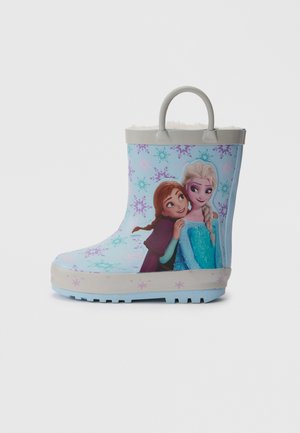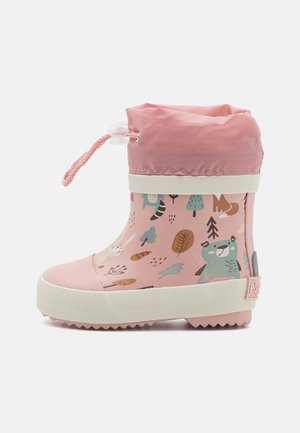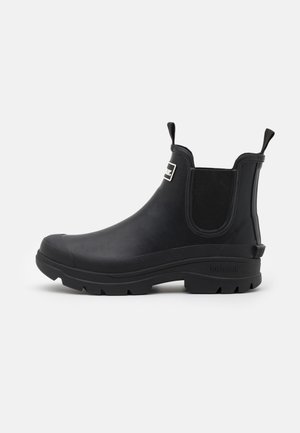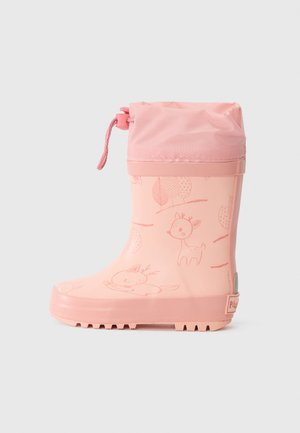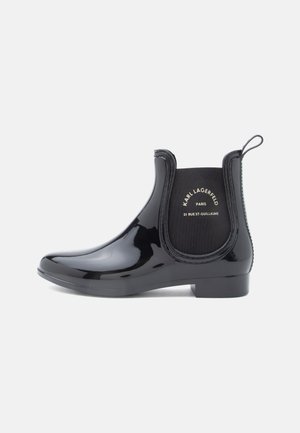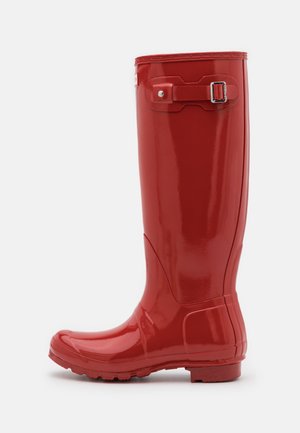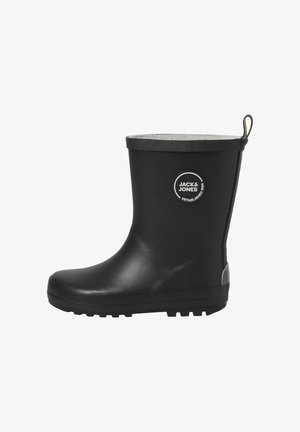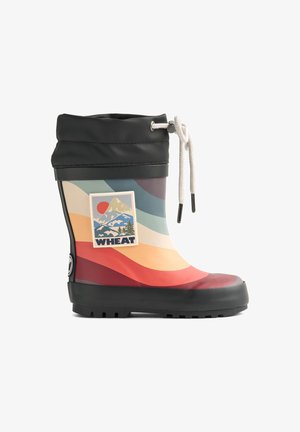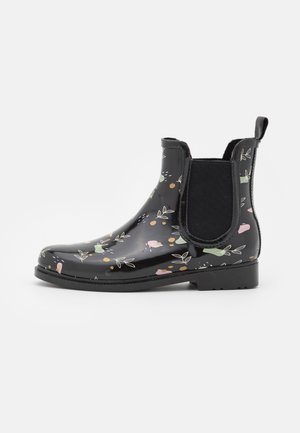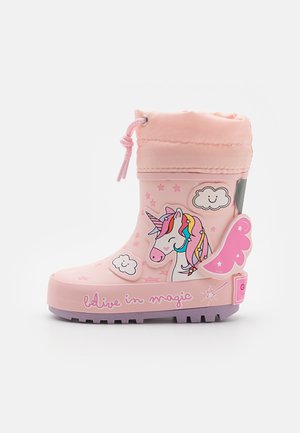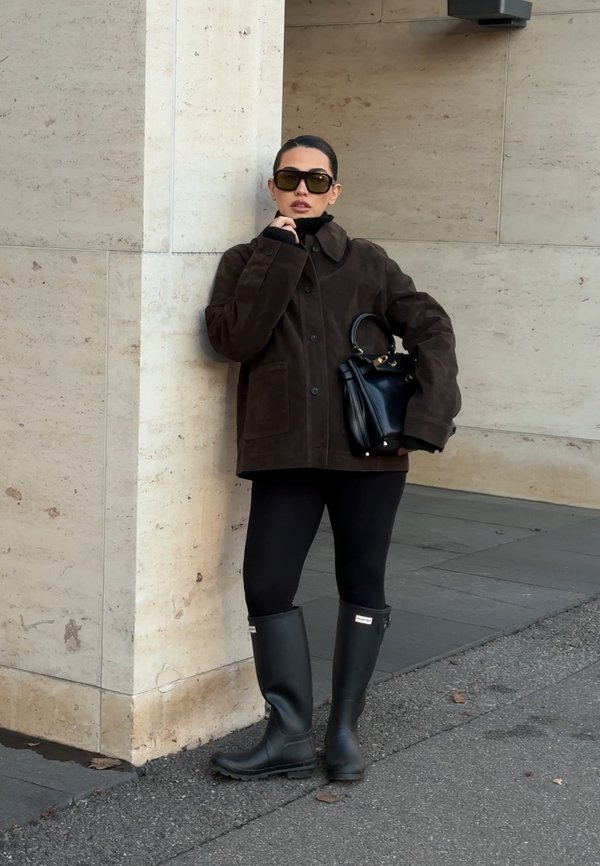Women's Wellies and what makes them essential
Women's Wellies combine watertight rubber with a practical tread that’s designed to keep your feet dry on muddy paths or during rainy commutes. The simple design has been effective since they came on the scene, resisting debris and keeping you dry and protected no matter where you are.
They’re created to slip on quickly, with many styles combining a grippy sole with gentle heel support and easy-to-clean surfaces. They can be paired with everything from flowing dresses to relaxed tennis shoes for errands, garden tasks, or casual walks.
Choosing the right fit with wellington boots
wellington boots come in various sizes, including short ankle, mid-calf, and knee-high profiles, and each is tailored to different weather and activity. The short pairs suit city walking, mid-calf options are more mobile than longer ones and offer more protection than ankle sizes, while knee-highs block heavy spray and sit comfortably over thicker socks.
The materials range from flexible natural rubber to modern synthetic blends with insulated linings to keep you warm during unexpected cold fronts. You can pick between brushed interiors or neoprene inserts for warmth. Women's Wellies with gussets or zips aid a cleaner, more comfortable fit across your calves, and the unlined pairs offer more airflow.
There are adjustable tabs and slightly wider calf options that suit thicker socks or under dungarees. The lightweight models compress down for easier packing.
Outfit ideas and when to reach for them
The low-cut Wellies tend to work well with cropped trousers or midi skirts, and you can use patterned socks peeking above the cuff for a little added flair to your look.
On colder evenings, women's Wellies look unexpectedly sharp with a cropped leather jacket and some moisture-wicking pants. You can try pairing them with straight-leg jeans and a black cardigan for a hardcore look and feel that’s still comfortable.
Rinse mud off and store upright with a newspaper to keep their shape, and make sure to reproof the rubber occasionally to keep them pliable.
